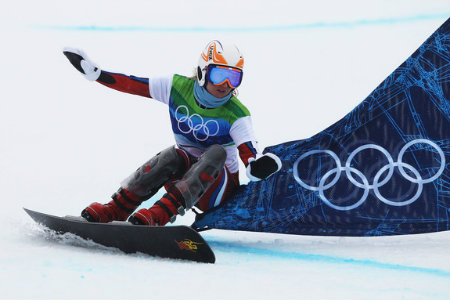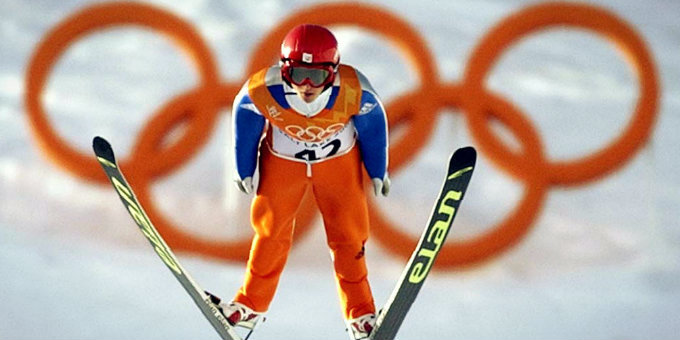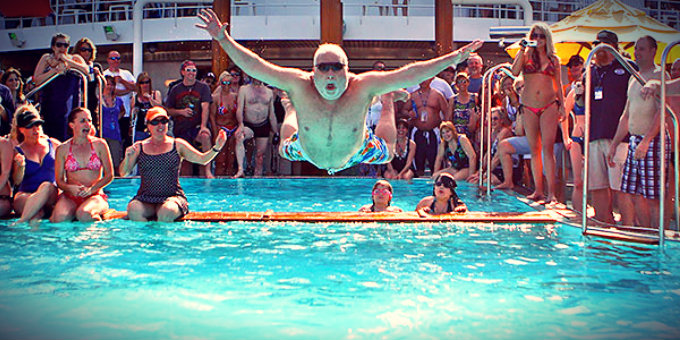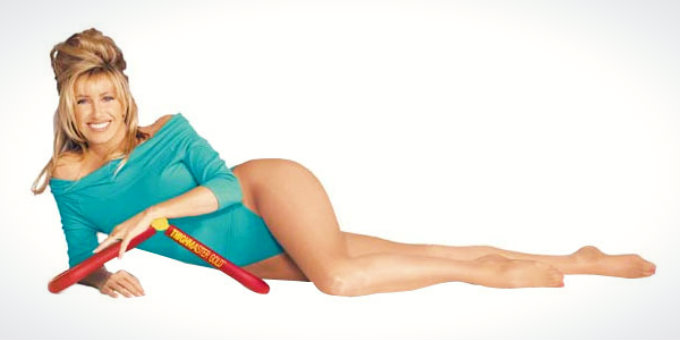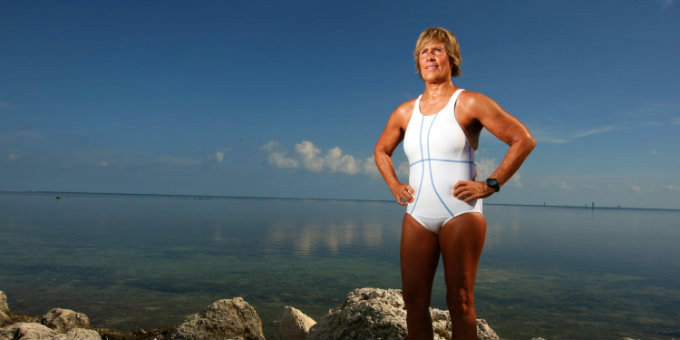Every four years in February, athletes from all over the world ascend to a select city to compete in the Winter Olympics. Representing their nation, extremely competitive athletes showcase their skills in front of billions of viewers watching their every move. From the exuberance of victory to the trials of loss, the Winter Olympics is a spectacle of national pride and athletic competition that captivates the world for an entire month. Ever wondered what events are included in the games and what their origins are? We’ve got you covered from figure skating to snowboarding and everything else in between.
Figure Skating
Year Added: 1908
Number of Events: 5
Though originally a Summer Olympic sport, Figure Skating became one of the staples of the Winter Olympics when the games began in 1924. Today, medals are awarded to Men’s Singles, Women’s Singles, Pairs, Ice Dancing, and Mixed Teams. Synchronized Skating has never been a part of the Olympics, but someday may be added as well.

Hockey
Year Added: 1920
Number of Events: 2
Ice Hockey became a winter sport when the first Winter Olympics were held in 1924. The sport has seen many great games over the years. One of the unique factors of this event is it truly displays the greatest professionals in the world. Women’s Ice Hockey entered the Games in 1998.

Bobsleigh
Year Added: 1924
Number of Events: 4
One of the original sports added to the Winter Olympics, Bobsleighing (or bobsledding) takes a team of athletes to develop speed and control to get their sleigh down the ice track as fast as possible. Men compete in two events: four-man and two-man, while women only compete in a team of two.

Speed Skating
Year Added: 1924
Number of Events: 12
With skaters reaching speeds topping 30mph, Speed Skating awards medals in the 500m, 1000m, 1500m, 5000m, 10000m, and team pursuit for both men and women. The skaters race around a two-lane oval rink similar to an outdoor track.
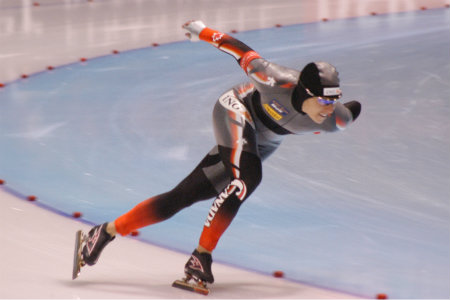
Cross Country Skiing
Year Added: 1924
Number of Events: 12
Cross Country Skiing has been in the Winter Olympics since its inception. There are 12 events, 6 for men and 6 for women. Men compete in the 15km, 50km, 4x10km, combined/double pursuit/skiathlon, individual sprint, and team sprint. Women compete in the 10km, 20km, 4×5 km, combined/double pursuit/skiathlon, individual sprint, and team sprint.
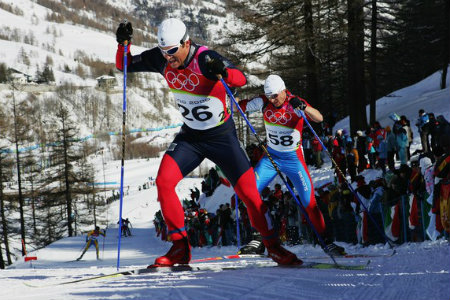
Ski Jump
Year Added: 1924
Number of Events: 4
Since the first Winter Olympics, athletes have been soaring through the air. Men have competed for medals in the individual large hill, normal hill, and team large hill. It wasn’t until the 2014 Winter Olympics that allowed women compete in this sport.
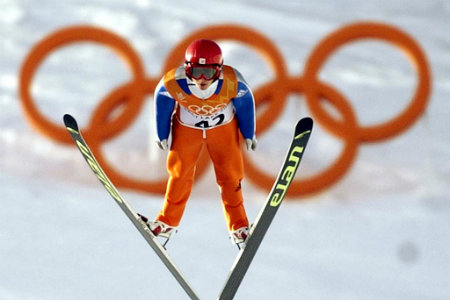
Nordic Combined
Year Added: 1924
Number of Events: 3
Since the first Winter Olympics, men have competed in this sport that combined all of the skiing sports into one. From cross-country to jumping, events such as 10km individual, team normal hill, and 10km individual large hill.
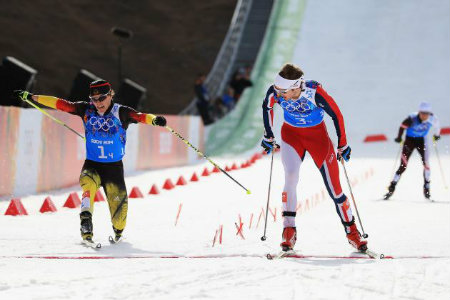
Biathlon
Year Added: 1928
Number of Events: 11
The Biathlon uses skills of skiing in rifle shooting in competition. Men and Women compete in individual, relay, sprint, pursuit, mass start, and combined mixed relay. The objective is to cross-ski and hit targets. These events take an unbelievable amount of control and speed.
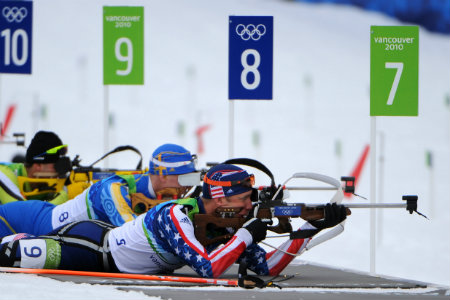
Curling
Year Added: 1928/1998
Number of Events: 2
Even though Curling has only been a mainstay at the Winter Olympics since 1998, the sport was first competed back in the 1924 Games. The idea of the sport is to slide a rock across the ice and gain more rocks to the center than the other team. The sport saw a 56-year hiatus from the Games from 1932-1988 Currently, medals are awarded to a men’s event and women’s event. Mixed doubles has been looked at, but has not gained full support.

Skeleton
Year Added: 1928/2002
Number of Events: 2
The event of Skeleton appeared in the Games of 1928 and 1948 but wasn’t competed again until 2002. This event is like the Luge, but the athlete lays on their stomach traveling head-first down the ice track. The only two events competed were men’s and women’s singles.
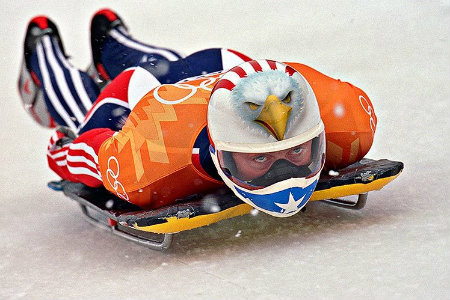
Alpine Skiing
Year Added: 1936
Number of Events: 10
Ten different events at the Winter Olympics depict who are the fastest downhill skiers in the world. Both men and women compete in the combined, downhill, slalom, giant slalom, and super-g. Slalom is where the skier has to go through gates while going down the hill.
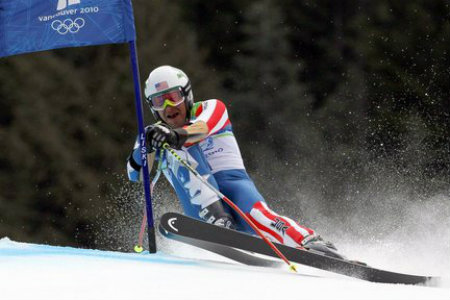
Luge
Year Added: 1964
Number of Events: 4
Luge is a sport that places one or two athletes on a sled and races down an ice track feet first on their backs. Men’s and women’s singles, men’s doubles, and combined team relay are competed.
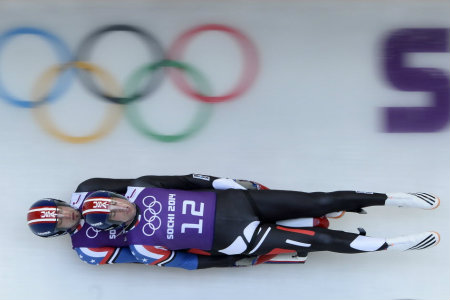
Short Track Speed Skating
Year Added: 1992
Number of Events: 8
Short Track Speed Skating competes on an ice oval the size of a hockey rink (60m by 30m). This form of speed skating is newer to the sports of the Winter Olympics, beginning in 1992. Medals are awarded to both men and women in the 500m, 1000m, 1500m, and 5000m relay.
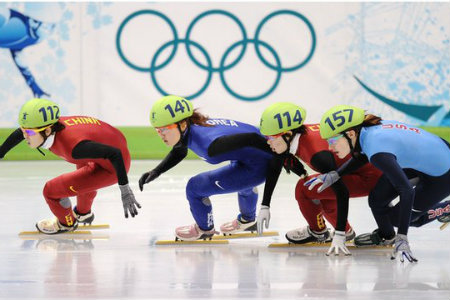
Freestyle Skiing
Year Added: 1992
Number of Events: 10
Freestyle Skiing puts on display several tricks and spins with time and or points being the determining factor. Both men and women compete for medals in moguls, aerials, ski cross, half-pipe, and slopestyle. Moguls are mounds and bumps that are scattered down the course.
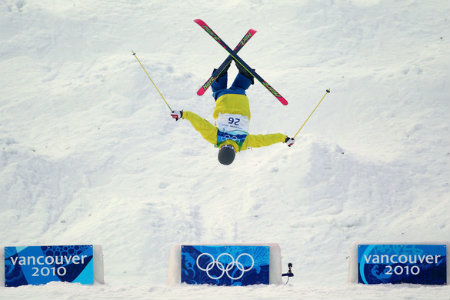
Snowboarding
Year Added: 1998
Number of Events: 10
A fairly new sport to the Winter Olympics, snowboarding has complemented freestyle skiing. Men and women compete for medals in the events of slalom, giant slalom, half-pipe, snowboard cross, and slopestyle. Snowboard cross is an event that has 4 to 6 different racers traveling downhill following a set course.
